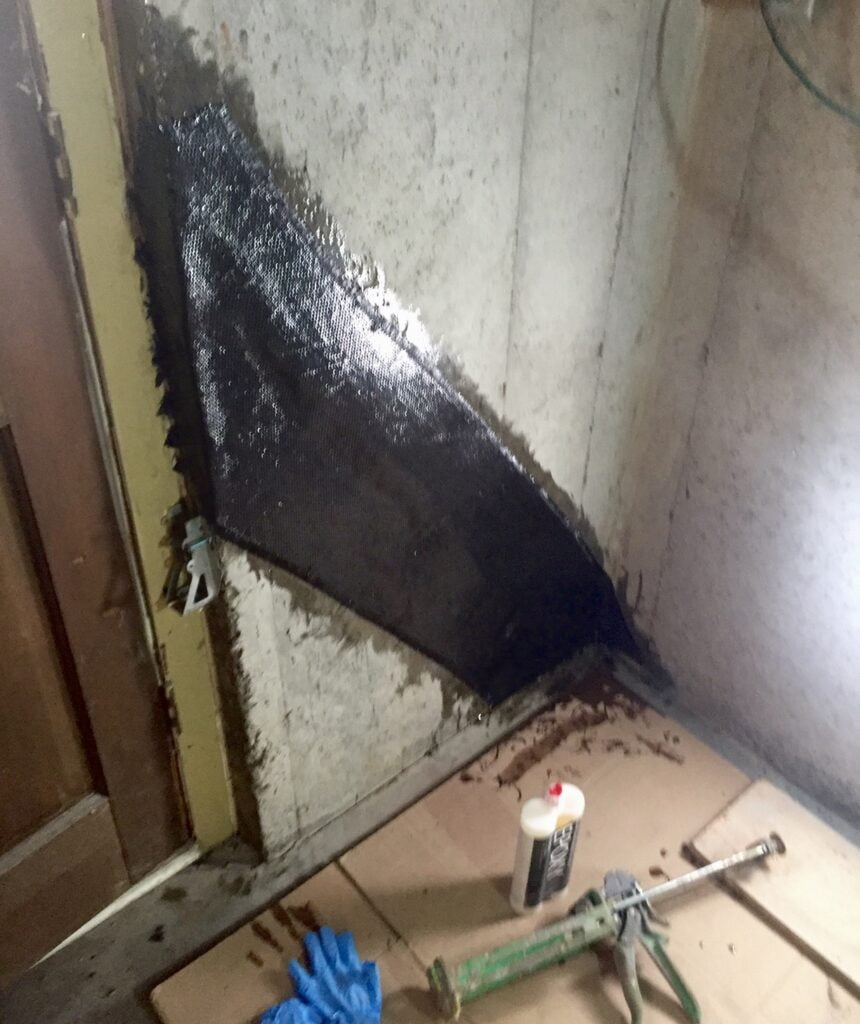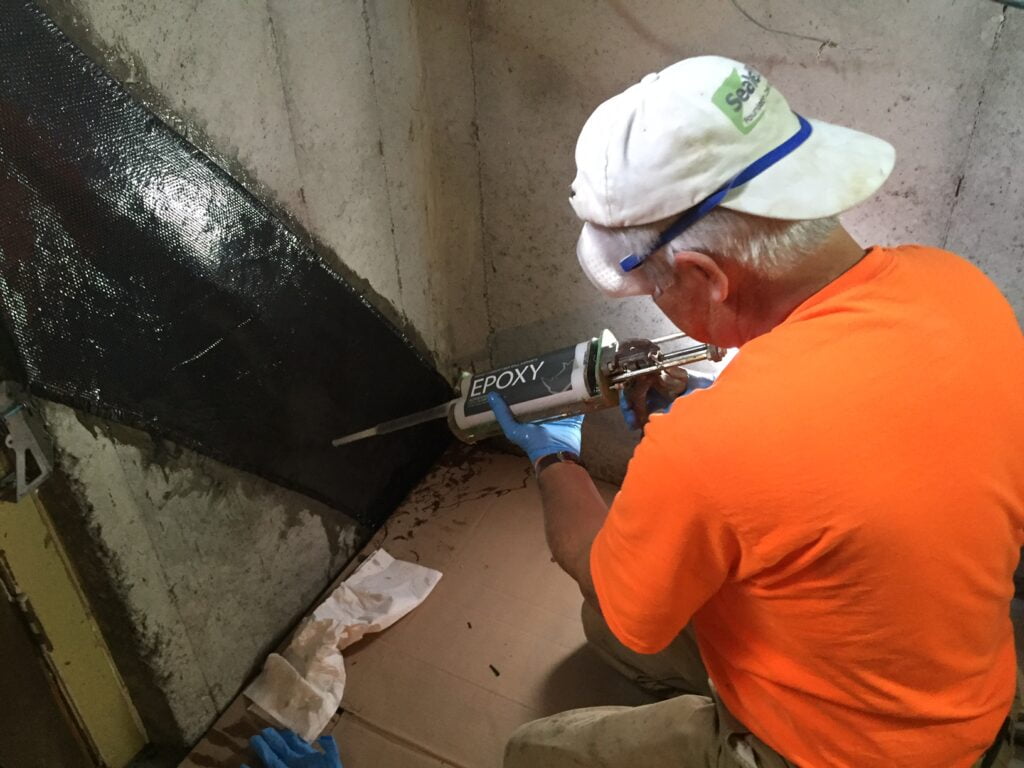Case Study: Repairing a Previously Treated Crack
Often, perhaps on 30% of our jobs, we find that SEALED has been asked to repair a crack that has been treated before. In almost all of those cases, the earlier repair is a DIY attempt that has not sealed a crack, stopped a leak, or fixed the homeowner’s problem.
In many homes, we are not sure what the crack looks like or what the proper treatment is, because it is obscured by a foreign material. The “stuff” that people use to try and fix a crack themselves ranges from epoxies, to Great Stuff, to rubbery patches. In these homes the cracks have rarely been injected or sealed in any respect.
And frequently, the most difficult part of our job is to remove the old material. Some of these unknown substances do not respond well to our grinder, which works great on hard surfaces like concrete or epoxy but not so well on gooey, rubbery or tar-like material. The removal process can be difficult, takes time and increases the cost to homeowners.
In this particular case in Olathe, KS, a diagonal wall crack was leaking badly in every rain event. Based on the inspection by the SEALED team, we predicted that once we removed the old repair that we could inject the crack with expanding polyurethane.

The material was stubborn and required a great time to chisel out by hand. And when we finally opened it up, the crack was so wide that we could see through to the exterior.

In fact, the wall had broken into two pieces and this was now a structural repair. It became clear that this crack was too wide and deep for injected polyurethane.

We re-evaluated and determined that a Rhino Carbon Fiber® repair was in order. We filled the interior with hydraulic cement from both the interior and exterior. We were able to inject just the very bottom of the crack.

Then we applied a 12” wide Rhino Carbon Fiber® strap embedded in epoxy and placed in tension across the crack on the interior of the wall.

It is now almost a year later and there has been no sign of water or any movement of the wall.
SEALED urges you to save yourself time and money. DIY repairs cover up cracks and leaks but rarely solve your problem. And removing them can make the actual repair more costly. Get it done right the first time. Call SEALED and let us give you a free estimate of what is required to give you peace of mind.



